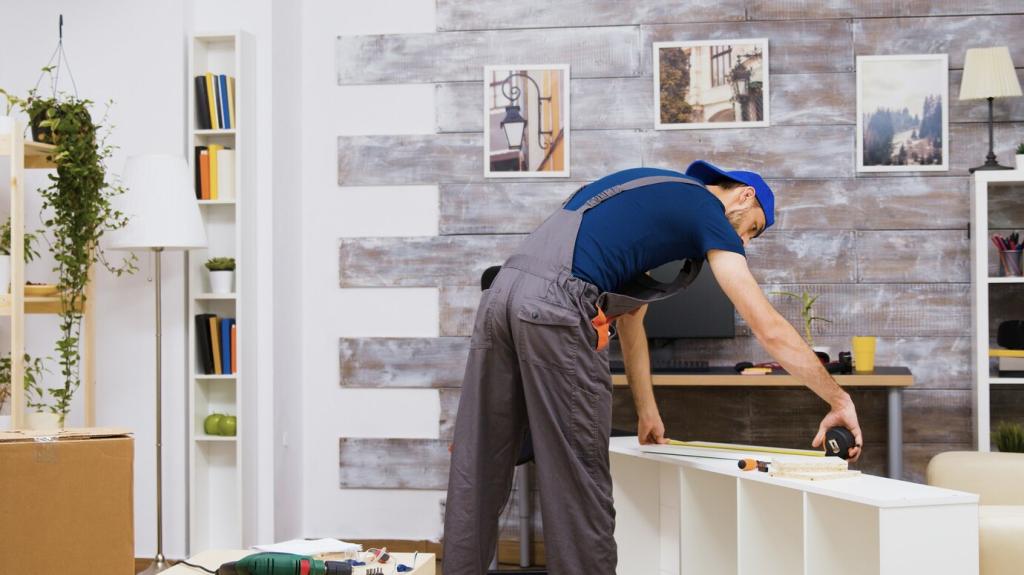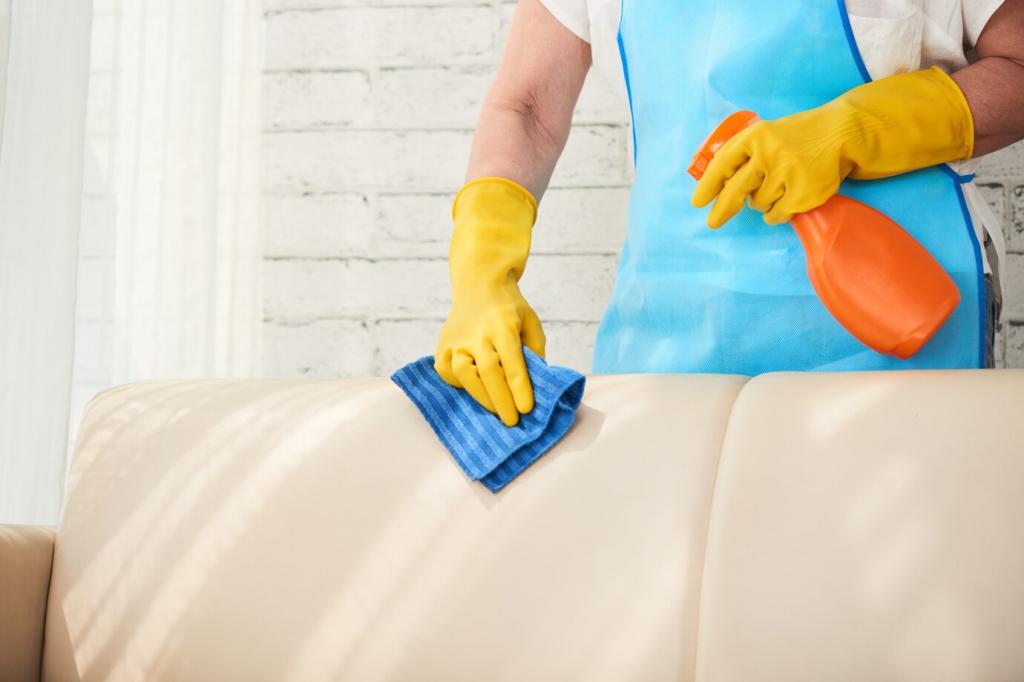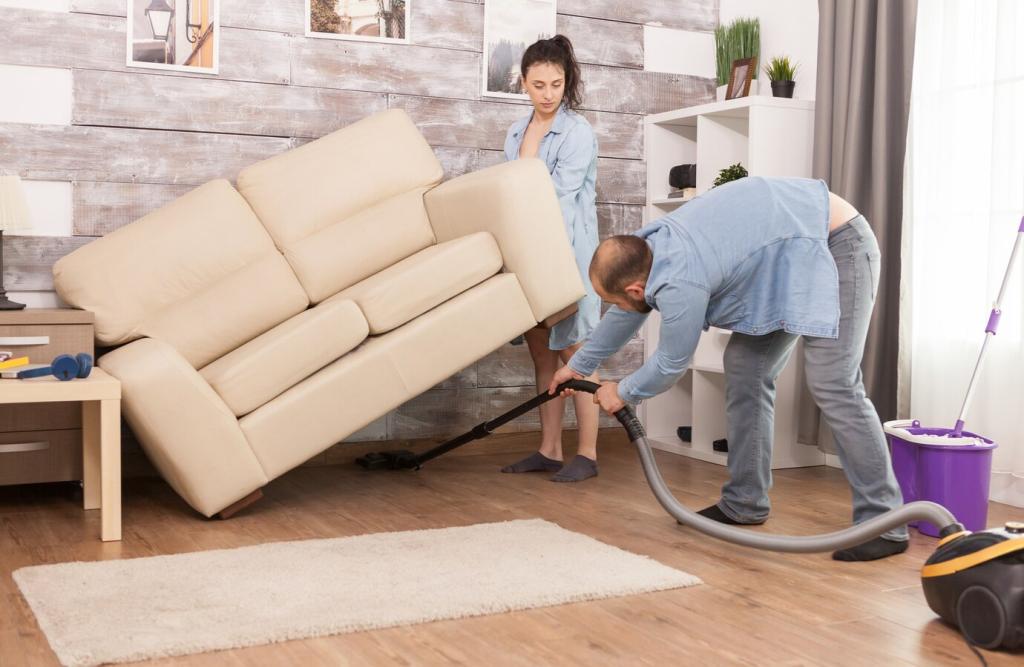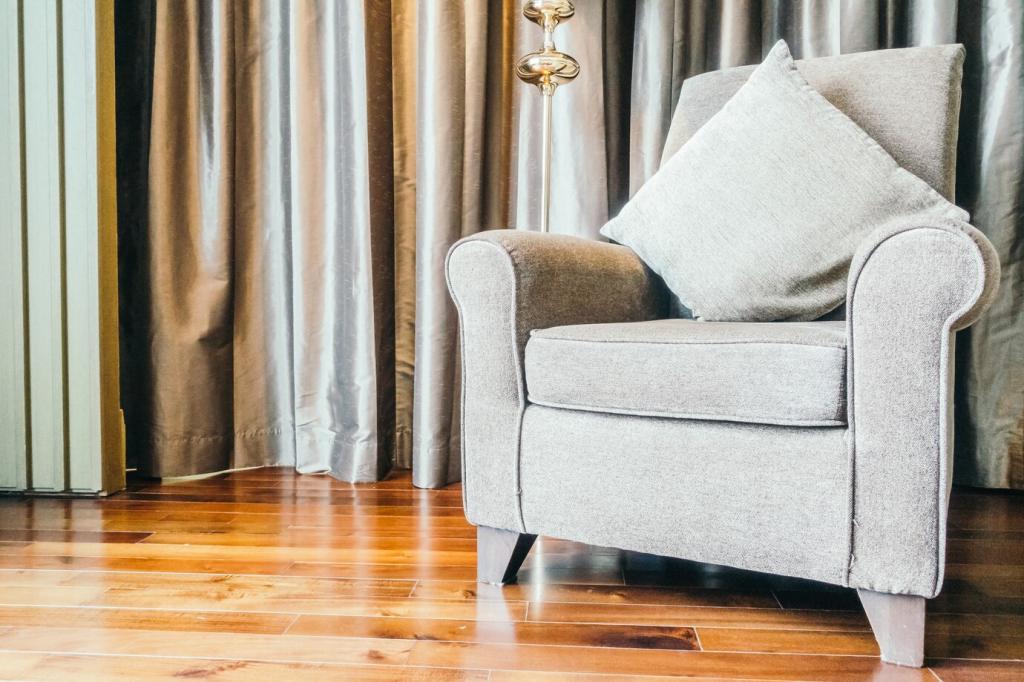
Environmental Factors Affecting Wood Longevity
Chosen theme: Environmental Factors Affecting Wood Longevity. Explore how climate, sun, biology, and design choices shape the lifespan of every plank and beam. Stay with us, share your experiences, and subscribe for practical insights grounded in real-world wood stories.





Sunlight and UV Radiation: The Silent Eroders
UV radiation degrades lignin, causing that familiar gray patina and surface checking. Clear coats without UV absorbers fail quickly, while pigmented finishes act like sunscreen. Regular renewal keeps color, texture, and surface integrity intact.
Sunlight and UV Radiation: The Silent Eroders
Dark finishes absorb more heat, speeding resin softening and micro-cracking. Hot boards expand, cool boards contract; coatings flex until they cannot. Choose lighter tones or reflective pigments where harsh sun is relentless, and recoat before failure.

Freeze–Thaw and Microfractures
Water trapped in surface checks expands when frozen, widening fissures and letting more water in the next thaw. Over winters, that ratchet effect deepens cracks. Slope surfaces and seal checks early to interrupt the cycle.
Movement-Friendly Joinery
Allow for expansion and contraction with slotted holes, floating panels, and compressible gaskets. Rigid glue lines across grain often fail first. When assemblies can slip slightly, they survive storms that shred tight, unyielding joints.
A Mountain Cabin Reminder
At a high-altitude cabin, we widened siding gaps by just two millimeters. The next winter, buckling vanished. Tiny allowances add decades. Share your best cold-weather detailing in the comments to help others beat the freeze.
Biological Agents: Fungi, Mold, and Insects
Most brown-rot and white-rot fungi need sustained moisture and warmth. Keep wood below about 20% moisture content, ensure airflow, and starve fungi of time. A little sun and a lot of drainage go surprisingly far.




Design, Detailing, and Maintenance Choices
Cap posts, seal cut ends, and lift feet off surfaces. End grain drinks water fast and dries slowly. Chamfers, kerfs, and drip grooves move water away before it lingers long enough to start trouble.
